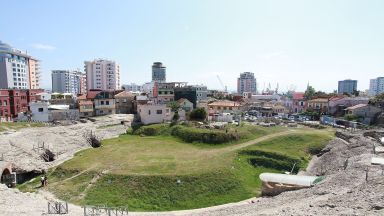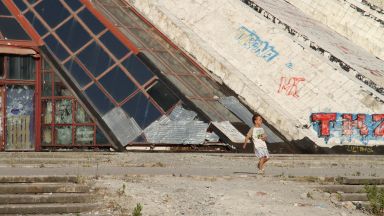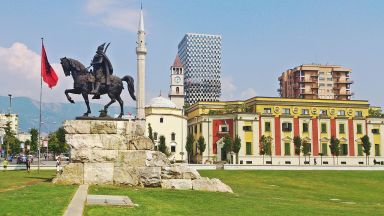Gramsh: The Complete Guide

Gramsh is a town situated in central Albania. The city is crossed by the Devoll River. Gramsh is just over two hours away from the capital of Albania, Tirana. An unexplored field of wild and magnificent nature surrounds Gramsh’s calming community, making it particularly attractive to those who love nature in its purest. People come to see the Banjë Power Plant on Banjë Lake and the Sotira Waterfall.
Visiting Gramsh for the first time and wondering what are the top places to see in the city? In this complete guide, I share the best things to do in Gramsh on the first visit. Top help you plan your trip, I have also included an interactive map and practical tips for visiting!
This website uses affiliate links which earn a small commission at no additional cost to you.


